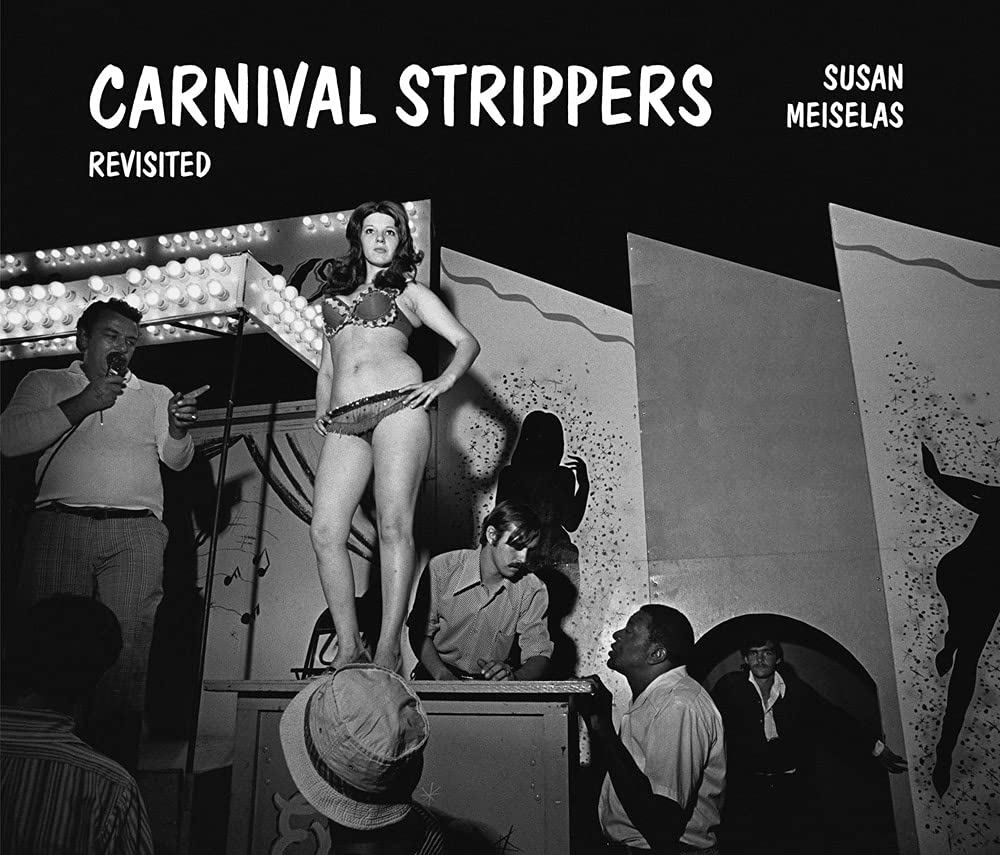Returning to the photographer’s deep dive into the ‘girl shows’ of small-town fairs and carnivals

It’s been 46 years since photographer Susan Meiselas first published Carnival Strippers, the result of a three-year immersion documenting ‘girl shows’ in small-town fairs and carnivals across New England, Pennsylvania and South Carolina. Yet, as this third revised edition (issued as part of a two-volume slipcased edition along- side an illuminating ‘making of ’ book) makes evident, the issues raised by Meiselas around power, gender and social inequalities, violence and desire remain burning ones and, in the post-#MeToo era, have finally taken centre stage.
Carnival Strippers attests to Meiselas’s ethnographic approach – ‘I learned to merge listening and looking’, she writes in a new introduction – juxtaposing some 70 grainy, black-and-white photographs with excerpts from hours of interviews conducted with her subjects, including the strippers, the men in the audience and the various show workers. The photographs are striking documents of a repressed underworld, in which desires are let loose (‘The men were acting grossly but it was a festival situation and it was understood that it was appropriate’, says one man in the audience), and communicate this lurid euphoria via dynamic shots taken from backstage via high-angle views or from the audience at a low angle, highlighting the power dynamics at play in the act of looking (only in the intimate photographs of the strippers offstage does Meiselas level her lens).
But the real tension stems from the relation between these images and the subjects’ raw and honest testimonies, which complicate these dynamics further: describing a place in which performing is seen both as a form of emancipation and exploitation, with women grappling with the contradictions of internalised gender inequalities and their desire for freedom (and power); where men also perform, with varying degrees of awareness on the monetisation of their desires and of empathy for the strippers; where moments of solidarity and care offer respite from ones of abuse and shame; and where class relations intersect with gender issues. The book finishes on a series of traditional and somewhat sweeter portraits, in which the strippers pose against the tent, some in costume, others in plain clothes, all of them returning the viewer’s gaze with confidence, playfulness and defiance.
As Abigail Solomon-Godeau notes in a new essay written for this book, it’s in the agency Meiselas grants her subjects – working not only as witness but as collaborator, allowing their voices to shape or contradict her images – that the enduring legacy of Carnival Strippers lies.